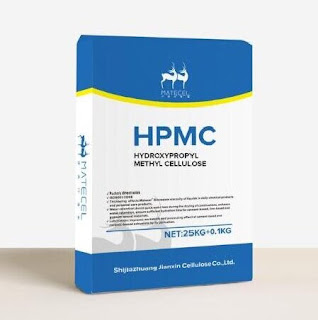The Ultimate Guide to Museum Display Cabinet
The type of cabinet used to display your artefacts is of paramount importance, not only to the overall aesthetics of your exhibition, but also to the safety and security of the artefacts themselves.
Display cabinets should enhance your exhibition by presenting your precious objects in the best possible light without compromising their unique look and feel. The cabinets themselves are also the focal point, drawing the viewer's attention to the pieces inside. It is therefore important to achieve the best balance of form and function for each cabinet so that design and aesthetics are enhanced, while providing security and protection.
There are a range of considerations to evaluate when choosing the right museum display cabinet for your exhibition. Let's review some of the top questions.
What materials should you use?
Some items are sensitive to light, others may be made from particularly fragile materials such as paper. Metals such as stainless steel, powder-coated steel or aluminium are the material of choice for many display cases and storage shelves as they are strong, non-flammable and do not emit harmful gases.
Low-oxygen(Constant Humidity) And Clean Showcase
Wood and composites of wood, such as chipboard or particle board, can release vapours such as acetic acid and peroxides, so if you're after a wooden look, make sure you use MDF or plywood, which have a higher grade of adhesive and are therefore more stable.
Glass is scratch resistant, impermeable and can be coated with a UV filter to protect your items. However, it is heavy and therefore makes cabinets difficult to move. It is also more susceptible to temperature changes and can form condensation on the inside of the glass, causing your organic material to become damp.
Many plastics also produce harmful gases over time that can damage certain materials. Plastics like PVC, cellulose acetate or rubber should not be used at all. However, plastics such as Plexiglas or acrylic are a great option to both prevent visitors from touching the items on display and to protect them from dust and airborne contaminants.
Acrylic is a great cost effective option with the added benefit of being safer as it will not be broken or shattered. It is light and therefore easy to move and also has optimum optical clarity, blocking UV rays while still being crystal clear, making it the perfect choice for protecting UV sensitive objects.
What lighting is best?
LED lighting offers great advantages over traditional lighting such as halogen lighting. LED lighting is now the 'gold standard' for display case lighting because of its many benefits, including
Longer operating life
Better energy efficiency
Virtually no UV emissions
Flexible design features
Operates in cold or hot temperatures
Constant Humidity Showcase
Which display case type should you use?
The size and shape of the items you want to display, as well as the look, feel and flow of your exhibit will inform the best type of display case to use for each item.
Some options include -
Tabletop museum displays
Wall display cabinets
Freestanding display cabinets
Pedestals with boxes on top
Modular display cabinets
Drawer cabinets
A good display case should effectively highlight the work without distracting from it. It should also not deviate from the overall design of the exhibition or gallery, whether you are looking for a simple white aesthetic or a design that is appropriate to the time period or style of the exhibition.
Where can I get more information?
From entire galleries to single picture hangings, our team can develop a creative solution while keeping the integrity of your collection at the forefront of every decision we make. We liaise with designers, curators, conservators, directors, private collectors and architects to ensure the best results every time.
Whether you are looking for individual display components or a complete exhibition design, build and installation, we can help. Please contact us to discuss your vision. We look forward to helping you make it a reality.




评论
发表评论